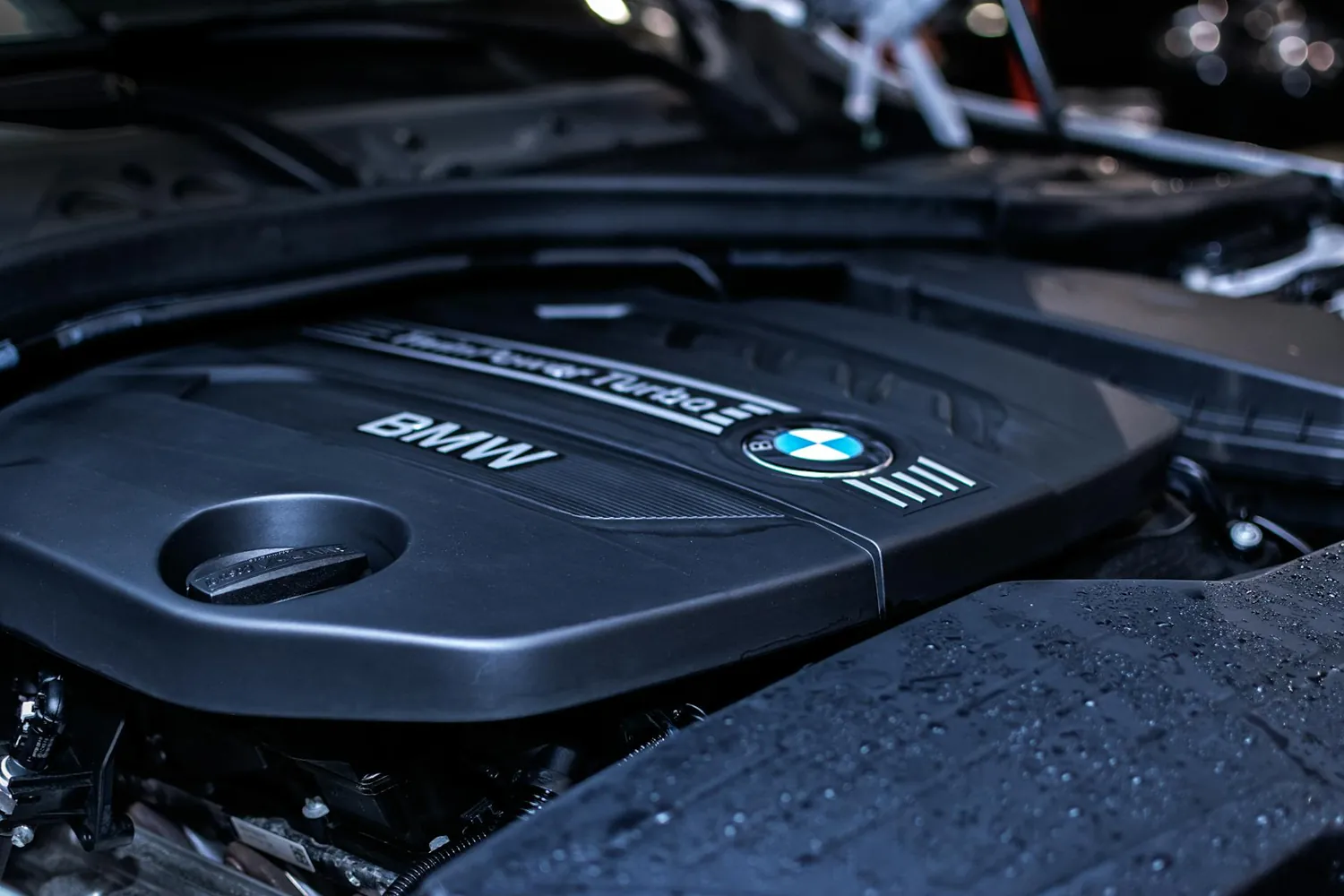Luxury Car Ownership: Evaluating Electric versus Internal Combustion Engines

The Rise of Luxury Electric Vehicles
In the landscape of luxury vehicles, electric cars have emerged as a formidable contender. Brands like Tesla, Porsche, and Mercedes-Benz are leading the charge with electric offerings that blend opulence with cutting-edge technology. These electric vehicles (EVs) boast impressive acceleration, whisper-quiet operation, and a commitment to sustainability.

For instance, the Porsche Taycan and Tesla Model S have redefined performance standards. The Taycan Turbo S can reach 60 mph in just over 2.4 seconds, rivaling many of its internal combustion engine (ICE) counterparts. Meanwhile, the Model S Plaid's sub-2-second sprint has set a new benchmark.
Technological Advancements
Luxury EVs often come equipped with advanced infotainment systems, semi-autonomous driving capabilities, and sophisticated driver-assistance technologies. The seamless integration of such technologies enhances the driving experience while emphasizing safety—a key consideration for many luxury car buyers.
Environmental Impact
The environmental advantages of EVs are undeniable. With zero tailpipe emissions, they contribute significantly less pollution compared to traditional ICE vehicles. For eco-conscious consumers, this aspect is crucial as they look to reduce their carbon footprint without compromising on comfort or style.
The Timeless Appeal of Internal Combustion Engines
While EVs are gaining ground, internal combustion engines continue to hold a special place in the hearts of car enthusiasts. The roar of a V8 or the unique hum of a finely-tuned inline-six offers an emotional connection that many drivers treasure.
Luxury automakers like Ferrari, Lamborghini, and Aston Martin pride themselves on crafting ICE vehicles that deliver not only speed but also a visceral driving experience. The intricate engineering involved in creating powerful engines is often seen as an art form.
Performance and Range
One of the strongest arguments for ICE vehicles is their range and refueling ease. A high-performance luxury sedan can travel hundreds of miles on a single tank and refuel in minutes—an area where EVs still face challenges despite advances in charging infrastructure.
Cultural and Historical Significance
The history and heritage of ICE vehicles contribute to their allure. Iconic models like the Rolls-Royce Phantom or the Jaguar E-Type evoke nostalgia and command admiration worldwide. For collectors and aficionados, owning such a vehicle is akin to possessing a piece of automotive history.
Cost of Ownership: Electric vs. Internal Combustion
When evaluating luxury car ownership from a financial perspective, several factors come into play including purchase price, maintenance costs, and potential savings.
Initial Investment
Generally, luxury EVs have higher upfront costs than their ICE counterparts. However, government incentives can offset some of these expenses. Countries like Norway and Germany offer significant tax rebates that make EVs more accessible to luxury consumers.
Maintenance and Operating Costs
One of the primary benefits of EVs is reduced maintenance due to fewer moving parts. There’s no need for oil changes, and brake wear is minimized thanks to regenerative braking systems. In contrast, ICE vehicles require regular maintenance such as oil changes, timing belt replacements, and other mechanical services.
- Insurance Costs: Both vehicle types generally command high insurance premiums due to their value and repair costs.
- Fueling/Charging Costs: While electricity is typically cheaper than gasoline per mile, the cost savings can vary depending on local energy prices and driving habits.
Which Is Better for Eco-Conscious Consumers?
For environmentally aware consumers seeking luxury vehicles, the choice between EVs and ICE cars hinges on personal values and lifestyle preferences. Here are some considerations to help make an informed decision:
Driving Patterns
If most driving occurs in urban settings where charging stations are plentiful, an EV might be more practical. However, for those who frequently embark on long road trips through remote areas, an ICE vehicle could offer peace of mind with its extended range and ease of refueling.
Aesthetic and Emotional Factors
Luxury cars are often about more than just transportation—they're statements of identity and taste. An enthusiast might choose an ICE vehicle for its sound and character, while another may opt for an EV as a symbol of innovation and sustainability.
A Practical Mini-Framework for Decision Making
- Define Priorities: List what you value most in a luxury vehicle—performance, sustainability, technological features, etc.
- Analyze Lifestyle Needs: Consider your typical routes, daily driving distances, and access to charging or refueling stations.
- Financial Planning: Calculate potential savings from lower running costs of EVs against the higher initial investment.
- Test Drive Both Types: Experience both EVs and ICE vehicles firsthand to assess comfort levels and performance characteristics.
This framework should provide clarity by aligning your vehicle choice with your unique priorities and lifestyle demands.
 Modern Knowledge House
Modern Knowledge House